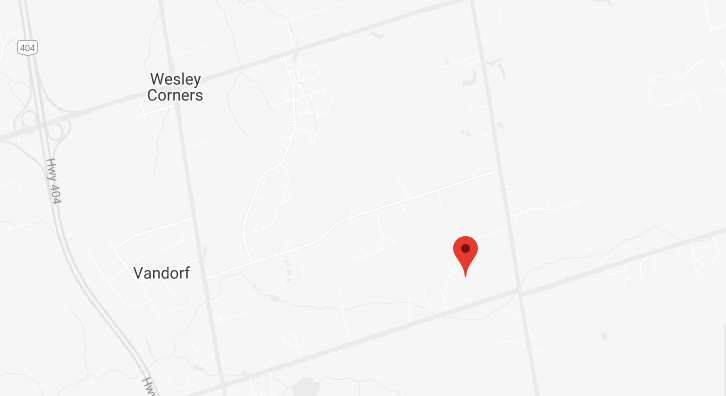The PuroClean Blog
The Dangers of Hoarding and How to Clean a Hoarded Home

Hoarders have a very hard time getting rid of their collected items, putting their health and relationships in danger. When the hazards reach a critical level, however, it is imperative to clean up a hoarded home. Here are the dangers of hoarding and the steps involved in the clean-up process.
Hoarding Hazards
- Fire is the main danger in a hoarded home because much of the clutter consists of flammable materials. Fires can also occur when objects cover a heat vent or damaged wires. Moreover, clutter obstructs residents in case of a fire and first responders may not be able to navigate a hoarded home to rescue residents.
- Injuries can occur due to falls or trips on hoarded objects. Also, piles in a hoarded home can become as high as ceilings and can collapse and cause injury. There’s also the danger of getting trapped under debris and contents.
- Diseases – Pests like rats and cockroaches can infest a hoarded home, increasing the chance of infecting people with diseases.
- Mould – The combination of water damage and organic material is the perfect recipe for mould growth. Hoarders also have difficulty throwing away food which can result in mould infestation. Mould can cause respiratory and other health problems, especially for those with allergies.
- Air quality – Clutter brings dust, odours, and ammonia from decaying waste products. These can cause serious air quality issues in the hoarder’s home. It may be difficult to breathe and respiratory problems may develop for people and pets.
- Structural integrity – Over time, hoarding can cause damage to the building itself due to the overwhelming weight of the excessive contents hoarders put in them.
- Building maintenance – Clutter can prevent technicians from performing necessary maintenance on HVAC equipment and sprinkler systems, creating a safety hazard.
Hoarding Clean-up Procedures
Hoarding clean-up is not an easy task, and it is best done by restoration professionals who have the expertise and equipment to perform the job efficiently and safely.
- Ensuring safety – Workers must wear protective gear, such as disposable gloves and dust masks, to guard themselves against bacteria and diseases. They should also have a fire extinguisher, repellent spray, a flashlight, and a first-aid kit on hand.
- Cleaning supplies – Technicians also need tools and cleaning equipment to remove the trash and clean the home. Equipment includes heavy-duty trash bags, empty boxes, buckets, universal cleaning agents and disinfectants, etc.
- Preparing a staging area and dumpster – A free, open space, (staging area) such as the yard is required to temporarily place the contents that are emptied from the home. A large dumpster is also needed to dispose of the debris.
- Decluttering the home – Once the staging area is ready, workers tackle the home starting in the room with the closest exit to be able to escape quickly in case of emergency. The trash and clutter from the room are removed from top to bottom.
- Sorting out the contents – Local regulations must be checked for handling items that can’t go directly into the trash (like paints or explosives). Then, the trash and debris are bagged and thrown in a dumpster. Salvageable items are sorted out into items to keep and to donate.
- Repairing and cleaning the home – When the entire home is clutter-free, repairs should be done if needed. These can include repainting, re-carpeting, or damage restoration (after fire, water, mould, or biohazard damage). Then, all the contents in the house including the salvageable items are disinfected.
The PuroClean team stands ready to provide professional hoarding clean-up, as well as biohazard remediation services to any property.
November 23, 2018


